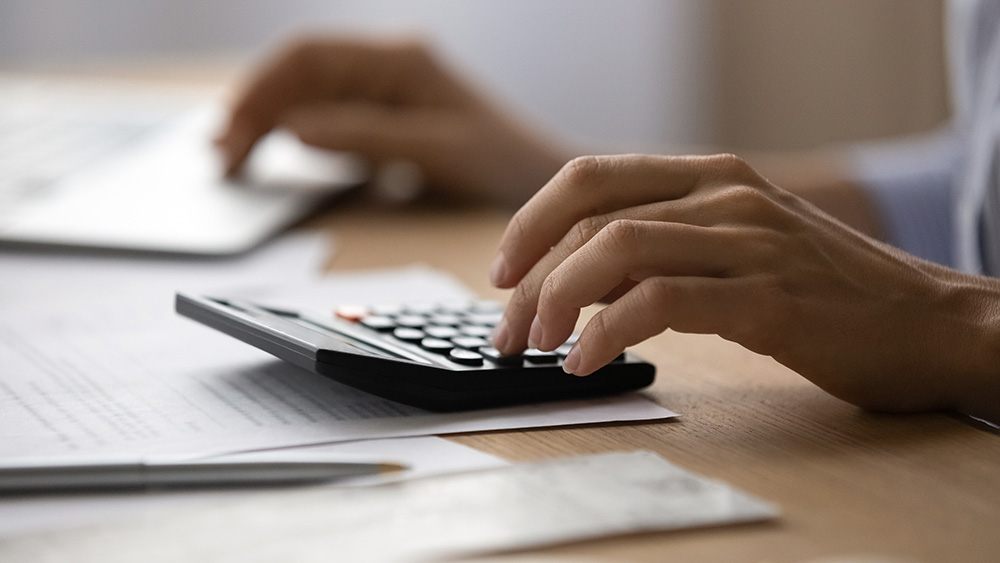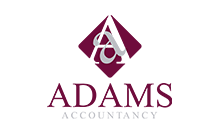What are the requirements for a VAT invoice?

A UK VAT (Value Added Tax) invoice is a document issued by a business to its customers for goods or services sold. It is an essential record for both the seller and the buyer as it serves as proof of transaction and helps in calculating the VAT owed to the government. In the UK, there are specific legal requirements for a VAT invoice, and it is important for businesses to comply with these regulations to avoid penalties and fines.
The following are the legal requirements for a UK VAT invoice:
Invoice number: Every VAT invoice must have a unique and sequential invoice number, which helps in keeping track of transactions. The invoice number should be written in a clear and readable format and can contain letters or special characters, such as – as well as numbers.
Invoice date: The date of issue of the VAT invoice must be clearly stated on the invoice. This identifies when the transaction took place and is used to calculate when VAT becomes due.
Supply date: This is the date when the goods or service is supplied to the customer which could be the same as the invoice date. This date could be helpful if your customer has multiple shipments from you.
Name and address of the seller and the buyer: The VAT invoice must include the full name and address of both the seller and the buyer. The name of the business should be written in a clear and readable format and should match the name registered with HM Revenue & Customs (HMRC).
Company VAT number: When a company registers for VAT, they are allocated a unique VAT reference number that must be included on invoices.
Description of goods or services: A clear and accurate description of the goods or services sold is required. This helps to identify the transaction and determine the VAT due on the transaction. The description should be written in a clear and concise manner, and should include the quantity, unit price, and total amount for each item sold, excluding VAT.
VAT rate: You must state the VAT rate applied to the goods or services sold. In the UK, there are currently three VAT rates: standard (20%), reduced (5%) for items such as energy and zero (0%) for basic food items and children’s clothes. The VAT rate must be clearly stated on the invoice and should match the rate charged on the transaction.
Total amount excluding VAT: The invoice give a total cost for all the items supplied before VAT is applied.
VAT amount: The VAT invoice must include the total VAT amount due on the transaction. This amount should be calculated by multiplying the VAT rate by the total value of the goods or services sold.
Total amount including VAT: The VAT invoice must include the total amount due for the transaction, including the VAT amount. This amount should be the sum of the value of the goods or services sold, plus the VAT amount.
Payment terms: The payment terms, such as the due date for payment and the method of payment must be included. This helps to ensure that payment is received in a timely manner and helps to avoid any disputes between the seller and the buyer.
Other information to include on your invoices
Although the additional items below are not legal requirements for a VAT invoice, it’s good practice to include them:
Contact details of the seller: Including your telephone number and email address makes it much easier for your buyer to get in touch if they have a query.
Purchase Order Number: Including the PO number on the invoice helps your customer’s accounting team to match the invoice for payment. This could mean you get paid on time without incurring unnecessary delays.
Early payment discount: If you offer an incentive to your customer to pay early, this can be included on the invoice.
Simplified VAT invoices
If you make supplies that are under £250, you can issue a simplified VAT invoice. In this case you aren’t required to show the customer’s details. It’s also not necessary to show the amount before VAT or the VAT amount but you must show the total including VAT as well as the VAT rate charged for each item alongside the description of the goods or services supplied.
Ensuring your sales invoices are compliant
Making sure your sales invoices are compliant with UK law is vital for avoiding issues and VAT penalties. For that reason, why not consider using an accounting software package such as Xero or Quickbooks to create your invoices. The templates within these packages make it simple to create an invoice that complies with all the requirements for VAT.
In conclusion, a VAT invoice is an essential document for any business operating in the UK, and it is important to comply with the legal requirements when issuing invoices. By following these regulations, businesses can ensure that they are correctly calculating and reporting the VAT owed to the government. Non-compliance with VAT invoice requirements can result in penalties and fines from HMRC, so it is important to take these requirements seriously.
From Accurate Invoices To successful VAT returns
Creating compliant VAT invoices is only one part of meeting HMRC’s requirements. The next step is ensuring those details are captured correctly in your VAT submissions.
Working with experienced VAT return accountants helps ensure your records, invoices, and calculations align perfectly. Our experts can reconcile discrepancies, manage quarterly submissions, and provide proactive advice to keep your business compliant. With expert support, you can focus on running your business, confident that every invoice contributes to a smooth and accurate VAT return.
Struggling to stay VAT compliant?
Keeping up with your VAT reporting and bookkeeping can be challenging for small business owners. If you’d like to explore how to get support for your VAT accounting, taking away the pain of the quarterly reporting deadline, let’s chat. Our accountants in Sidcup are here to help. Contact the team for a free consultation to find out how we work with you to create efficient accounting and reporting for your business.
You may also be interested in:

